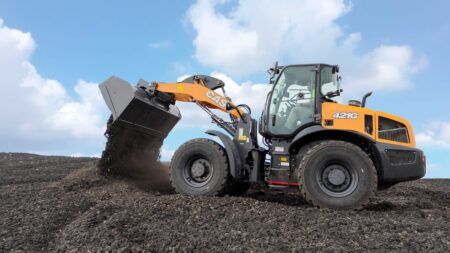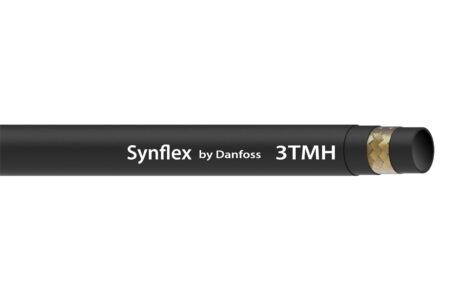Bobcat has announced it has increased lift capacity and lift height functions in its newly-developed telehandler.
The TL30.70 has been developed for a wide range of applications in both the construction and rental industries. Designed as a more compact and cost-effective alternative to larger models, the telehandler has a lift capacity of 3 metric tons and a maximum lift height of 7m. With a load of more than 1 metric ton, the vehicle offers a maximum reach of 4m, and at maximum lift height can lift up to 2 metric tons of weight sufficient to place a pallet of heavy bricks.
Two versions of the D34 engine are available, including a 75hp Stage IIIB engine that doesn’t require selective catalytic reduction or AdBlue to provide a 15% cut in fuel consumption. The alternative is a 100hp Stage IV-friendly unit that relies on diesel exhaust fluid injection aftertreatment technologies.
Like the existing TL26.60 and TL30.60 telehandlers in the Bobcat range, the TL30.70 is available with two different overall machine heights with a cab that can be mounted in two different ways in a low position that results in a very low 2.1m height or a higher position to optimize visibility. As standard, the cab is also suspended to enhance ride comfort.
A Bobcat spokesperson said, “Like all Bobcat telehandlers, the TL30.70 has a heavy-duty hydrostatic transmission that allows smooth and precise low-speed travel, with the ability to immediately go faster or work harder when required.
“The Bobcat auto-shift transmission automatically adapts the motor torque and speed to the desired level for the job, so operators have the benefit of not having to take their hands off the joystick to change gear.”
Bobcat has designed all of its telehandlers with the same box-welded frame for enhanced rigidity. The shielded bottom plate protects vital components and a combination of specific features maximizes reliability and reduces total cost of ownership in even the most severe conditions, including high-tensile steel, U-welded shapes, the integrated boom head, new generation wear pads, and large bolts and large steel inserts for increased friction coefficients.
November 17, 2017




